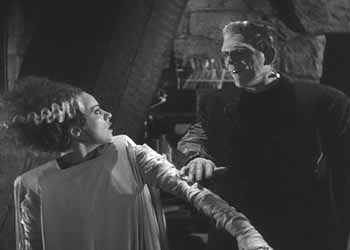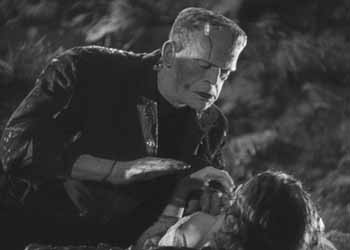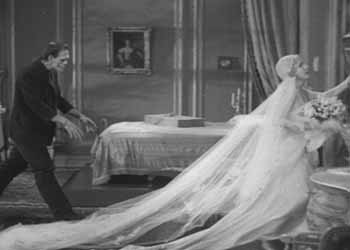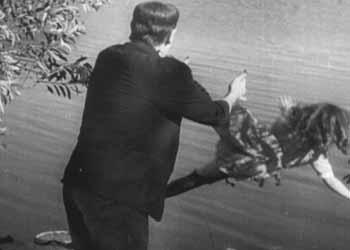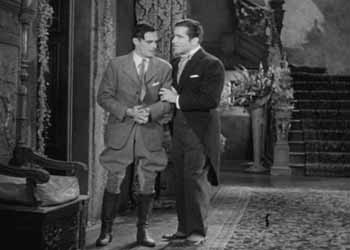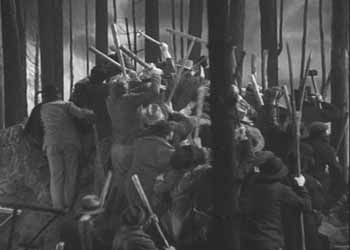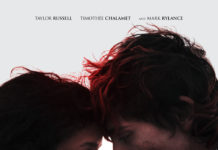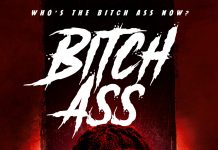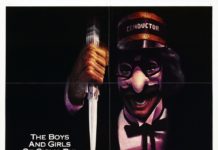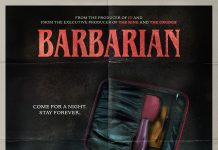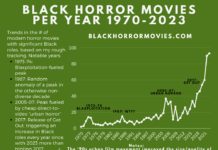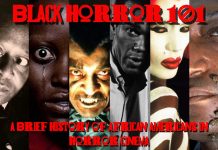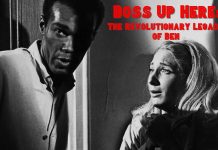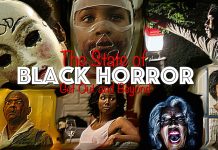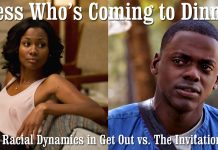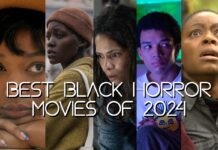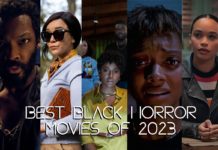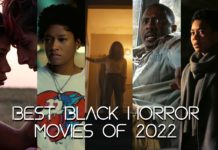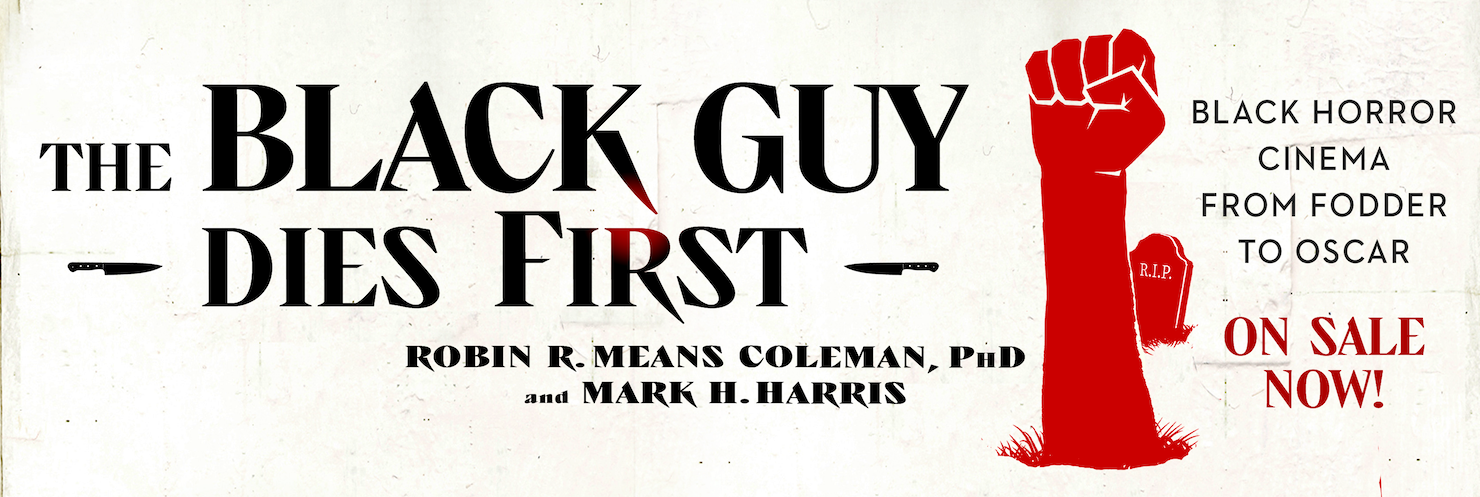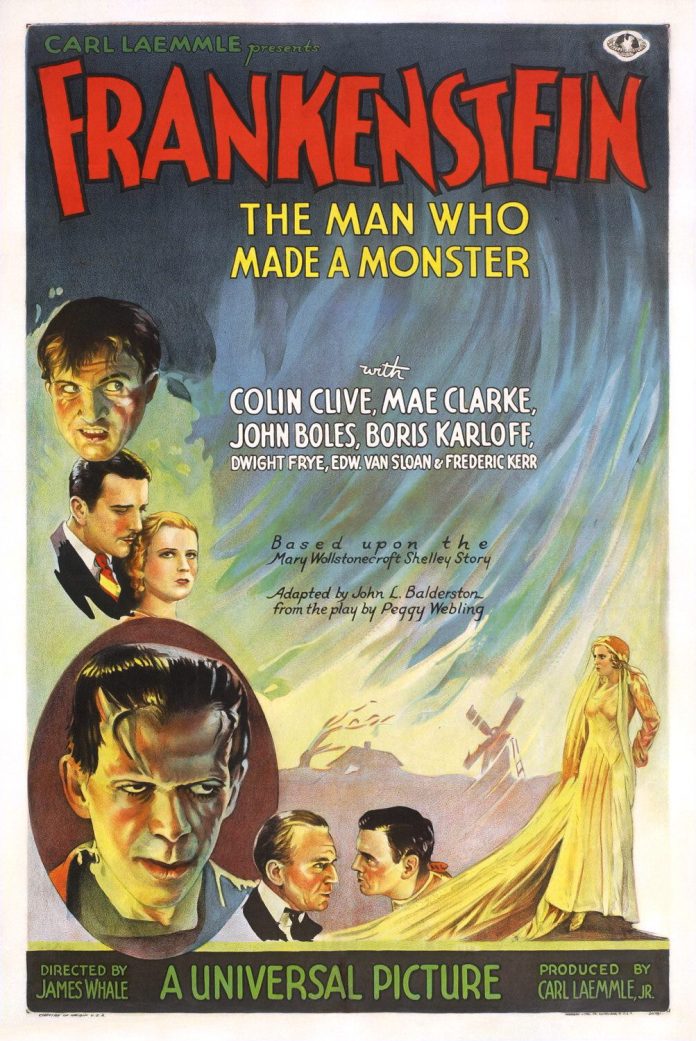Like Freaks, both Frankenstein and Bride of Frankenstein have no overt racial messages, but one could conceivably read into them a deeper racial connotation (and indeed, some film scholars have done so). Certainly, the lynch mob scenes, particularly in Bride, are intense even to this day, and the scenes of Frankenstein as the imposing “other” stalking a series of puritanical white women can be related to the Birth of a Nation-like black buck stereotype. One could take it a step further and say that these films were downright prophetic of the O.J. Simpson and Kobe Bryant cases, given the monster’s almost comical tendency to accidentally injure and/or kill white gals. (“Oopsie! You’re dead.”)
I doubt that the filmmakers had race in mind when they made these films, but as director James Whale was gay, he certainly knew what it felt like to be an outsider. More likely than him using the movies to mirror race relations, though, is that the film’s racial parallels are an indication of the “monstrous” way in which blacks were treated at that time. As far as the films’ quality, many people actually consider the sequel to be superior to the original, but I don’t know. Bigger budget aside, Bride is a sillier film with a different, more campy appeal (heightened by the decision to have the monster talk), and “frank”ly, the bride herself appears far too briefly (less than 10 minutes) to be of much use; not even enough time to consummate the relationship.
